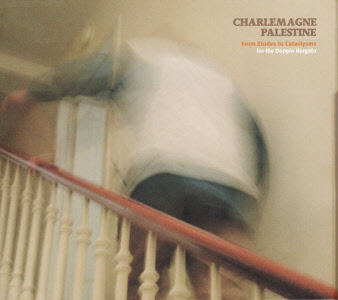 Kyle Gann – Custer And Sitting Bull (New World Records)
Kyle Gann – Custer And Sitting Bull (New World Records)
Kyle Gann’s Custer And Sitting Bull (1995-99) illustrates a historic meeting, the composer narrates both parts in their own words. Synthesizers tuned to the system of just intonation unfold with stunning new textures and harmony as the story progresses. Scales with 20-30 pitches are full of unheard territory. In this case, Gann reminds one of a modern day Harry Partch with his microtonal opera and synths.
Poet Kenneth Patchen’s And What with the Blunders is the source of the text of So Many Little Dyings (1994). Read over loops of birds and ocean, a microtonal toy piano and sampler guitar…we find out the value of so many little dyings…repetition is a form of change.
Both of these pieces were released in earlier versions, the concluding composition on this album was not. Soprano Martha Herr premiered Scenario in 2012, singing SJ Perelman’s collage of movie world clichés. A Technicolor collage of words and shifting microtonal music stream forth…
David Beardsley
this review originally appeared in the Downtown Music Gallery newsletter, August 9, 2018
 Michael Winter – lower limit (New World Records 80798-2)
Michael Winter – lower limit (New World Records 80798-2)



